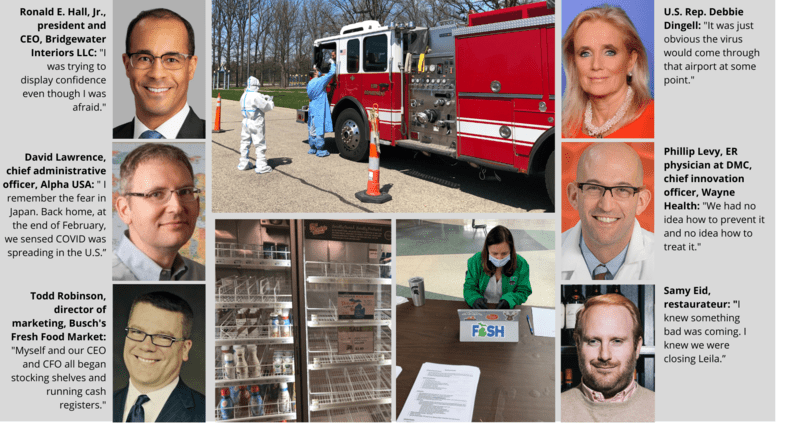One year later: The week when everything changed and how the business community lived it from Crain’s Detroit
March 8, 2021
“The (Diamond Princess cruise ship) was quarantined out in the port in Tokyo. I remember the fear in Japan. Everyone was already distancing and wearing masks and there was hand sanitizer everywhere. This was a country that had already faced SARS. I saw how a society could function using the appropriate safety measures and I expected it in the U.S. soon. Back home, at the end of February, we sensed COVID was spreading in the U.S. and it was only a matter of time before it landed in Michigan. There were talks circulating what could happen to manufacturing plants since we saw the shutdowns across China. But getting information at that time was difficult. There was a void of information coming from customers and the government. We were hanging on everything coming out of the press, wondering whether we’d have to shut down.”
Continue reading “One year later: The week when everything changed and how the business community lived it” from Crain’s Detroit.
